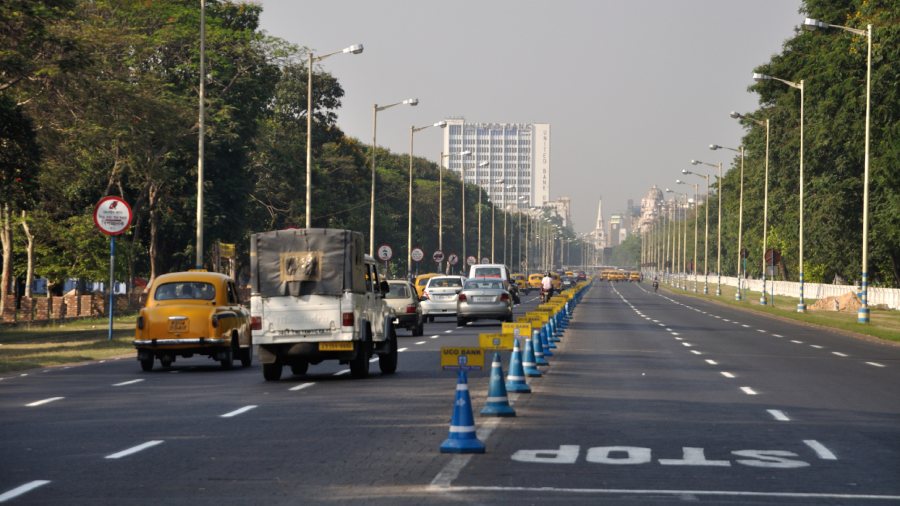Red Road, which served as a British airstrip roughly for three years during World War II, will get its top cover re-laid with a layer of mastic asphalt which will be prepared using a ‘zero-emission’ German technology.
A plant located near Rajarhat that uses the new German technology will produce the mastic asphalt that will be ferried in trucks and laid on the road, engineers said.
The National Green Tribunal had in 2018 banned asphalt baking by the roadside in October 2018.
“This will be the first time that any Kolkata road will get this quality of mastic asphalt,” a senior PWD official said.
The PWD is now working on repairing the two flanks of Red Road by scraping off the existing layer of mastic and doing it up with dense bituminous macadam.
The work on the northern flank is over and that of the southern flank is on.
Once this work is completed, the mastic asphalt will be transported to the site in special carriers fitted with thermostats that will ensure that the temperature of the mix remains at 200 degrees Centigrade.
“We have offered a traffic block to the PWD team from 11pm to 6am,” said a senior police officer at Lalbazar.
Once Red Road is done, PWD plans to take up repairs of some of the adjacent roads, including Kidderpore Road and Hospital Road in southwest Kolkata, using the mechanised mastic asphalt. This will offer better durability of the road surfaces and reduce periodic maintenance costs, senior officials of the department said.
“The alternative to mastic asphalt is either bitumen or concrete. Since several roads and thoroughfares in Kolkata get inundated during the monsoon season, bituminous cover tends to wear off fast,” the official said. “Concrete is a costly affair considering several underground utilities often need shifting from time to time and roads have to be dug up. Ideally, this quality of mechanised mastic asphalt is the best choice for road engineers.”
